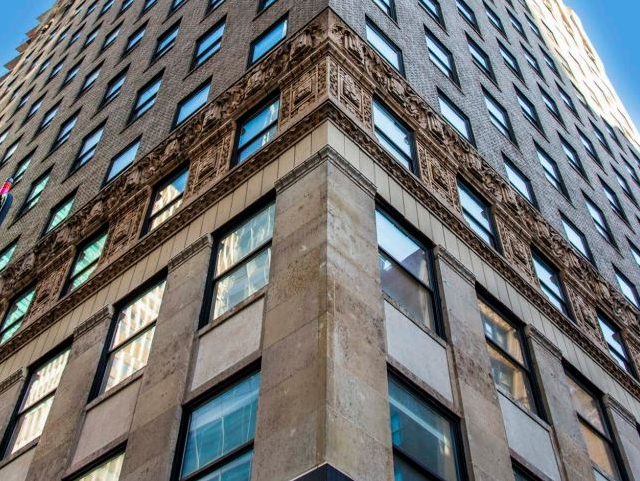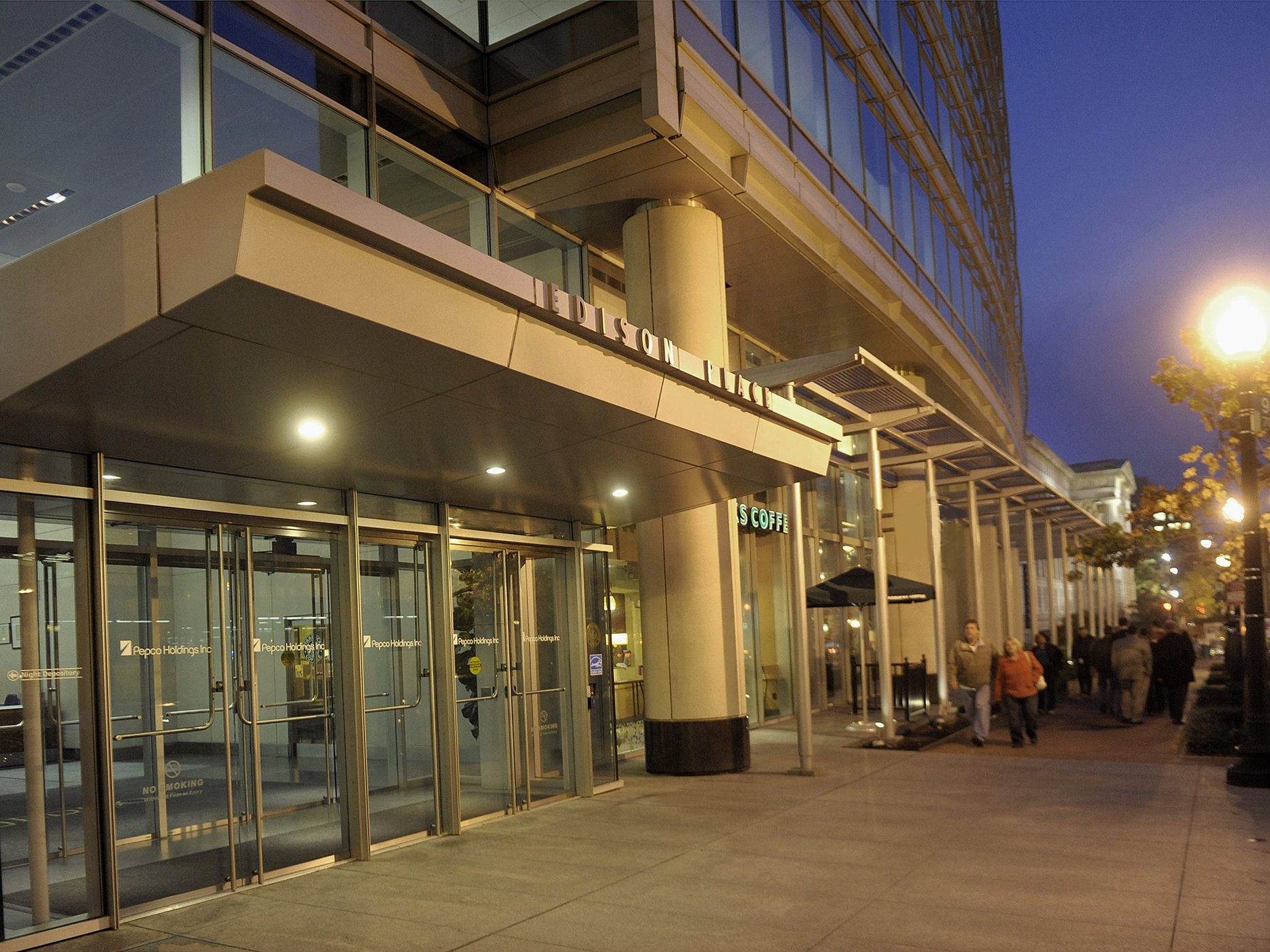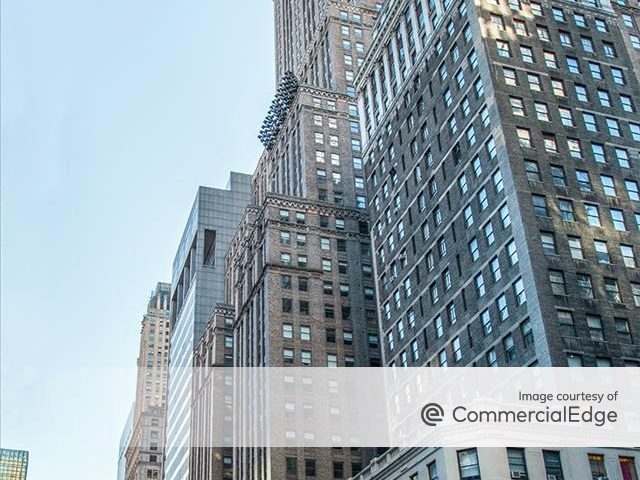After This Interest Rate Hike, Will the Fed Finally Hit Pause?
The industry would welcome a break from increases, but continued patience is necessary, experts say.

Image by AbsolutVision via Pixabay
Update: As expected, the Federal Reserve’s Open Markets Committee raised the federal funds rate 25 basis points to 5 to 5.25 percent at its meeting today. The committee will also continue to reduce its securities holdings. In terms of whether or not it would pause rate hikes, the committee said it would monitor the situation and remain committed to getting inflation back to 2 percent. “We are prepared to do more if further monetary restraint is warranted,” said Federal Reserve Chairman Jerome Powell at a press conference following the announcement.
Another 25 basis-point increase in interest rates is widely anticipated after the Federal Reserve’s Open Markets Committee meets on May 2-3. The Fed’s recent public statements, as well as its recent moves to raise rates, strongly signal one more hike to industry observers. On the heels of several major bank failures, and with an economic downturn a strong possibility, the Fed’s primary focus continues to be reducing inflation to its stated target of 2 percent.
What is less clear, however, is what will happen next. Many in the industry expect a pause in rate hikes to follow the next increase. What this will mean for the capital markets remains to be seen, particularly as the economy’s outlook remains murky.
No surprises
For Noel Liston, managing Broker at Core Industrial Realty, the likely increase in rates is unsurprising. “Despite some flash warning signs by a few financial institutions, the Fed has been deliberate and forthright with their commitment to tame inflationary pressures brought on by the overstimulation of the economy to combat the pandemic,” Liston told Commercial Property Executive.
As a result, he perceives lenders and investors alike to take it into account in their underwriting and imminent investment and leasing deals. “I believe most participants who have been following the tone and messaging from the Federal Reserve are already planning for a (quarter percentage-point) increase,” he added.
Darin Mellott, vice president of capital markets research for CBRE, shares Liston’s prediction while offering a different analysis. Current difficulties are likely to be compounded. Leasing demand in the hard-hit office sector will continue to take a hit in both the short and long term, as fewer new deals and renewals pencil out. “Over a longer period, the lagged impact of previous rate hikes will continue to be felt in the economy throughout the year and will cool leasing demand for real estate,” Mellott said.
READ ALSO: Where to Find Opportunities as Economy Slows
Others are raising doubts over the need for another hike at this stage of the economy. Ari Rastegar, CEO of Rastegar Property Company, expressed dismay at the prospect, noting that inflation has dropped significantly from a high of 9.1 percent in July 2022. “Inflation has not completely stopped, it’s actually decelerating,” Rastegar noted. He considers the Fed’s approach single-minded and short-sighted, predicting that it will stymie the progress toward its goals, independent of a pause on increases. “It seems that all fundamental analysis points to (the conclusion) that they should not hike it, but begin to start lowering rates,” he added.
Prudent pause
Though the 25 basis-point increase may be unwelcome by the industry, a pause on additional hikes, widely seen as probable following the May 3rd meeting, would alleviate some existing short-term uncertainties for dealmaking. To Mellott, “(it’s) an important step in removing some of the uncertainty that has weighed on market volumes in recent months.”
Jason Fhima, CEO of F2, anticipates warmer investor sentiments as a result of a pause, brought on by the more cyclical nature of the market. “If rates pause, and investor (in this case, lender) confidence increases, then I think markets will open back up. Buyers will buy again. Lenders will lend again. Competition might even force prices down,” he told CPE.
Not only would a pause help the industry, it could also allow the Fed to truly assess the effects of its actions, something that the successive rate raises has made difficult. “I would like to think there would be justification to pause further increases after the May increase,” Liston said. “It would be prudent for the Federal Reserve to anticipate progress and ease inflation due to the rapid increases that have been put into place between June 2022 and May 2023.”
Alongside the economic fundamentals, the Fed would do well to observe the very fundamentals that interest rate hikes are influencing. For Larry Jacobson, president of Jacobson Equities, this would be a natural precursor to a pause. “The difference between this recent interest rate hike and previous hikes is that we are now starting to see an impact in the labor markets, slowing GDP, and of course, the banking crisis. As depositors move their capital to money market and other interest-bearing accounts, it removes fuel the banks provide to grow the economy.” As a result, he expects a pause to take place organically, should inflation continue to decelerate at a steady pace.
Grounded in reality
A pause on rate hikes may be a good morale booster for dealmaking, but the long-term effects outlook for the economy, as well as its effects on commercial real estate finance, cannot be ignored. The industry should prioritize a respect for the unknown. “A pause now does not guarantee there won’t be additional surprises in various parts of the economy as we move through the year,” Mellott cautioned.
For Liston, a healthy dose of realism is in order, particularly considering the economy’s current fundamentals. “While the economists and experts parse labor rates and monthly CPI, it’s difficult to assess the working effect of (the Fed’s) actions without the benefit of time,” he said.
One murky area is the future of capital costs, the largest contributor to lending difficulties that have been rendered increasingly volatile by the rate hikes. At present, “(It’s) still materially higher, and even though there is a lot available, it’s going to be offered at terms that are not particularly attractive, or might not allow certain deals to pencil out,” Mellott said.
Additionally, the bid-ask gap remains high, and is not likely to narrow absent a long-term normalization of interest rates. “Reducing rate-hike frequency will likely aid in finding a better equilibrium and stabilizing this dislocation,” Jacobson said.
Just as the Fed’s actions are perceived as myopic by many in the industry, the industry’s lenders and borrowers themselves would be short-sighted in not taking the broader economic outlook into account. Liston sees patience as vital, a factor that a pause in rate increases could buoy. “Ultimately, we still need to see where long-term capital trends are headed so owners and operators of real estate can effectively navigate the marketplace,” he said.
The same patient mindset may also apply to the Fed’s goal of reducing inflation. “Putting aside contractionary monetary policy, there aren’t a lot of other strong options that have historically worked,” Fhima said.
Jacobson agrees, seeing optimal underwriting when rate hikes are paused as a waiting game. “As interest rates level off, investors can better underwrite deals as they have a clearer view as to the cost of capital. That said, until we see the Fed begin to lower rates, normalization of markets will take time.” he said.







You must be logged in to post a comment.